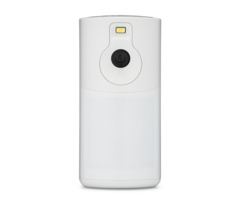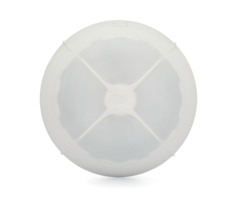Wireless Motion Detecting Sensors



A wireless motion detector is designed to activate whenever there is a significant amount of motion that suggests the presence of an intruder. Once the motion detector has activated, it will send a signal to the security system in order to take a specific action. The action that is taken will depend upon how the sensor was programmed with the system. Some users program their motion detectors to send an immediate signal to the central monitoring station as soon as they are activated. Others activate a siren to try and scare off any intruders. The programming setup that you should use will depend on your unique needs as an end user.
Most wireless motion sensors use either passive infrared (PIR) technology or a microwave doppler radar to detect the presence of motion. Some sensor utilize both of these methods in what is known as “dual tech” detection. Regardless of which type of detection is used, any motion that is detected must be large and significant enough for the device to activate. This will prevent minor things from setting off the sensor, such as insects or a moving ceiling fan. Some wireless motion detectors may also include a pet-immunity feature prevent any pets from activating the sensor and causing a false alarm.
Wireless motion detectors can be organized into several different categories. One example is outdoor wireless motion detectors, which are weather-resistant and specifically designed for outdoor applications. Another type of wireless motion detectors are long range motion sensors that are able to detect motion across an extended area. Different motion detectors are used for different purposes, and the type that should be used will generally depend upon the needs of the end user. Our team of security experts will be happy to help you decide which type of wireless motion detector is best used for any type of application.
When installing a wireless motion detector, particular focus should be made on mounting location. The height and angle at which your wireless motion detector is installed will play a big role in determining which areas will be covered by the sensor. If a user wants to adjust the range of detection of their motion sensor, they may be able to replace its lens with a new one. For example, a long range lens can be particularly effective for detecting motion across a very long but narrow area. Users also have the option of covering up a portion of the lens in order to restrict the detection area to a particular area.
Many users program their wireless motion detector to be included with their home automation setup. This is done by creating rules and scenes on the security panel. For instance, you might have a setup where your Z-Wave lights dim and your Z-Wave thermostat starts cooling when the motion sensor in your living room is activated by you walking through the doorway. Setting up your motion sensor in such a way can be very convenient, and it is cool to show-off!







